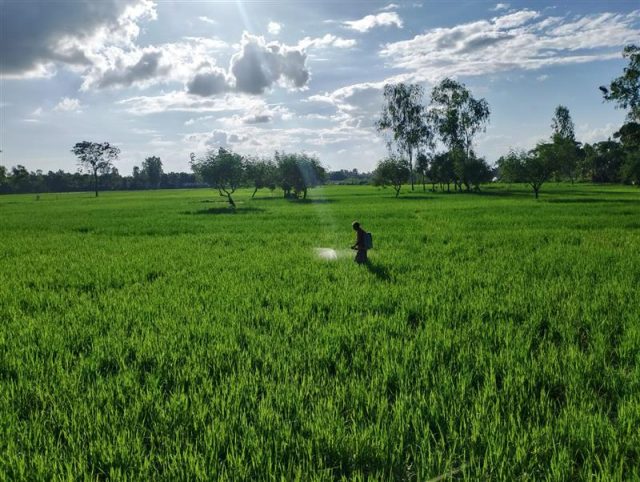IFPRI’s COVID-19 Policy Response (CPR) Portal: Identifying trends and implications for food systems
- From
-
Published on
20.05.20
- Impact Area
-
Funders
United States of America

The COVID-19 health and economic crisis has stimulated multiple and varied policy responses in developing countries. Some of these are designed for specific national contexts and others are more generic. Some are narrowly-focused, others a complex mix of interacting measures. In this post, Danielle Resnick describes IFPRI’s newly-launched COVID-19 Policy Response (CPR) Portal, which is currently tracking pandemic-related actions in 18 countries. Over time, that number will expand, and the portal will track policy extensions or phase-outs. The CPR provides governments, donors, analysts, and researchers with a unique resource to compare and learn from the commonalities and differences of pandemic responses—and to make policies more effective.—John McDermott, series co-editor and Director, CGIAR Research Program on Agriculture for Nutrition and Health (A4NH).
Developing countries have employed a wide range of policies to control COVID-19 and relieve economic stress. These responses continue to evolve, and different actions targeting the same problem vary widely in approach and impact. For instance, to maintain food supplies, some countries have provided direct support to farmers, some have imposed food export bans, and some do both. In addition, many responses overlap and interact, so their cumulative impacts can be difficult to interpret in isolation. For example, borders may be kept open for transporting food, but stringent screening and quarantine measures may create significant delays that deter truckers from making the trip. Providing inputs to farmers may do little for food accessibility if markets are shut down or have severely limited operating hours.
The COVID-19 Policy Response (CPR) Portal tracks these actions systematically across many different domains, enabling governments, donors, and researchers to compare policy commonalities and differences.
Photo credit: Sambrian Mbaabu/World Bank
This blog post is part of a special series of analyses on the impacts of the COVID-19 pandemic on national and global food and nutrition security, poverty, and development. The blog series is edited by IFPRI director general Johan Swinnen and A4NH director John McDermott. See the full series here.
Related news
-

New Genomic Discovery from ICRISAT Could Save Farmers Millions by Preventing Groundnut Sprouting Before Harvest
International Crops Research Institute for the Semi-Arid Tropics (ICRISAT)02.12.25-
Food security
-
Poverty reduction, livelihoods & jobs
Breakthrough study identifies varieties and key genes to halt sprouting before harvest in groundnut …
Read more -
-

Cultivating climate-smart rice: How specific cultivars and smarter fertilizing can cut emissions and maintain yield
International Rice Research Institute (IRRI)19.11.25-
Climate adaptation & mitigation
-
Food security
By Bushra Humaira Sadaf A team of researchers from the Bangladesh Rice Research Institute (BRRI), I…
Read more -
-

Australia partners with International Livestock Research Institute to upskill researchers from Africa and Asia
International Livestock Research Institute (ILRI)13.11.25-
Food security
-
Poverty reduction, livelihoods & jobs
Australia has joined forces with the International Livestock Research Institute (ILRI) to support th…
Read more -
